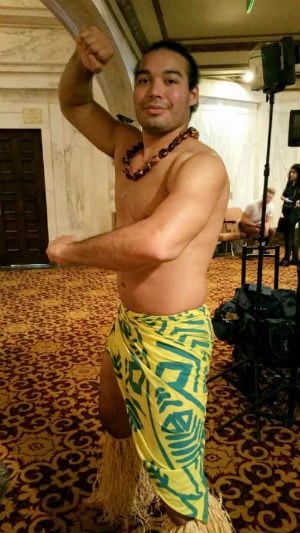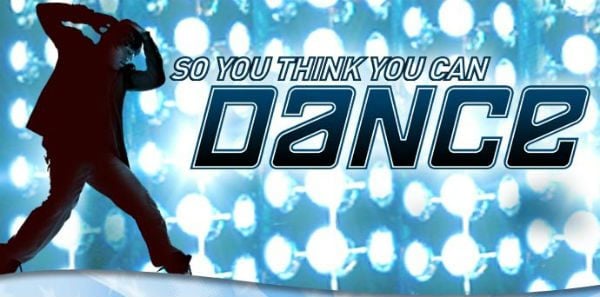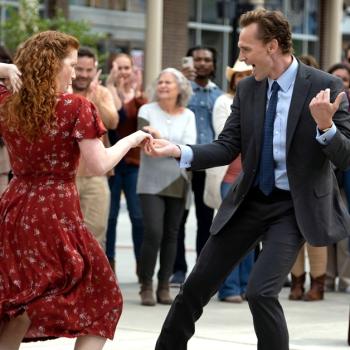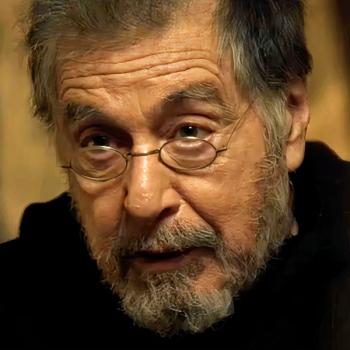Honestly, I don’t know. But the Fox dance-competition show “So You Think You Can Dance” returns tonight, and the lucky guys and girls from auditions held earlier this year will get their chance to trip the light fantastic. Watch this space for more from judges Nigel Lythgoe and Paula Abdul …
Here’s excerpts from a story originally posted on March 30:
In modern society, the distinctive aspects of male and female often become blurred, with the unique beauty of each sex reduced to a bland androgyny. But, every now and then, something traditional survives, and we are reminded of what Saint Pope John Paul II taught in the “Theology of the Body,” that men and women are the two dimensions of a shared humanity — equal in dignity but very different in expression.
I got a lesson in that not long ago, in an unexpected place.
On Monday, March 16, I headed to the Orpheum Theater in downtown Los Angeles to watch auditions for the Fox competition-reality show “So You Think You Can Dance,” which launches its 12th season on Monday, June 1.
Outside in the lobby, I saw dancer Nathan Carranza showing off his moves for some TV cameras, and then got a chance to chat with him for a few minutes.
Along with dancing and studying history education, Carranza also just completed training to be a firefighter. Although he’s not of Pacific Islander descent, he has studied the traditional male dance of Tahiti.
“I’m actually Hispanic,” he told me. “I’m not Islander whatsoever, despite the getup and everything else. I’m Spanish, Mexican, Cuban, Puerto Rican. But nobody knows. They all assume that I’m Samoan or Hawaiian or Maori.”
He might also have had an ulterior motive for looking into this particular dance style.
“I saw this at the school I attend,” he said, “at U.C. Merced, and the thing that drew me in were the girls that were dancing. It was very, very beautiful. I wanted to be a part of that club.”
But he wouldn’t be doing the same steps as the women, and they wouldn’t be doing the same steps as him.
Said Carranza, “The point of Tahitian dance, from what I can gather, from what I’ve been told, is that, as a dancer, you’re supposed to be emphasizing the characteristics about you that make you whatever gender you are. There are gender-specific moves for women and for men in Tahitian culture.
“For girls, it’s all about the big hair and the beautiful lips and the hips, the very, very fast movements. For guys, it’s all about the leg strength and the endurance, showing that manly aspect.”
He also recommended it as a workout, explaining, “I realized it was such a better leg workout than doing weights and everything else, and it was much easier on the knees as well.”
Asked what, as a man, it feels like to do the dance, Carranza said, “In a group, you just feel powerful. There’s a reason why a lot of the Maori, Samoan and Islander rugby teams have the haka, which you do as a chant before the game. Years past, long ago, it was used as a prelude to war. In a group like that, nobody cares how they look or the facial expressions they’re making; they just care that they’re part of a group, and they’re exhibiting this force, this essence, that can’t be stopped by mere mortal means.
“As a dancer, you feel that, too, not to the extent of yelling at people as you would in the haka, but to the extent that I a showing off in a group of men, who are also showing their attributes as men.”
Images: Courtesy Fox; Kate O’Hare














